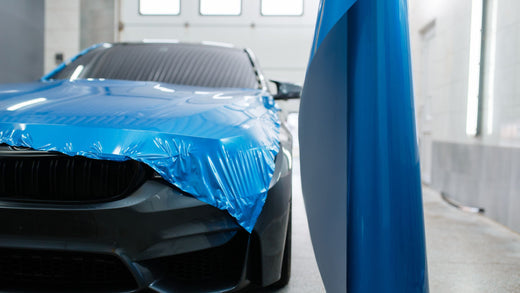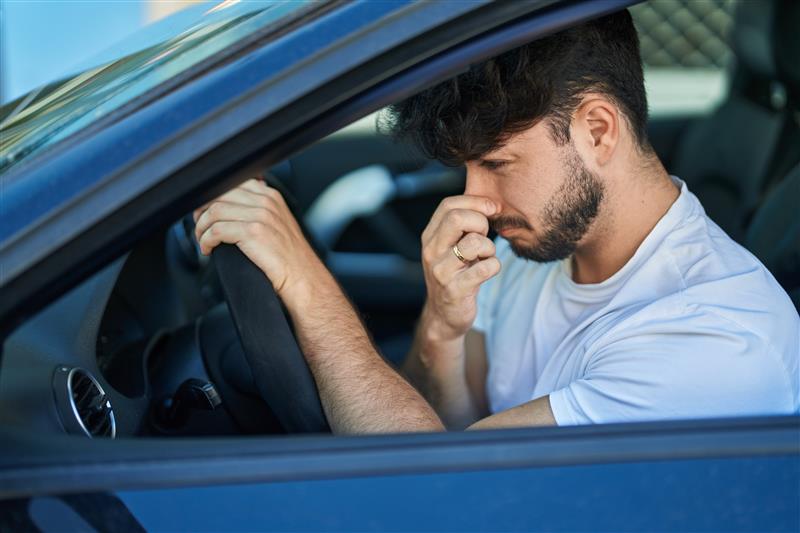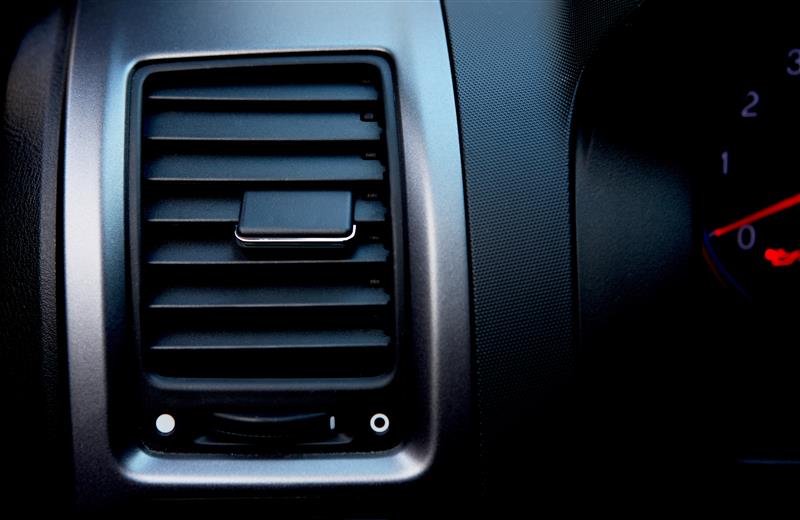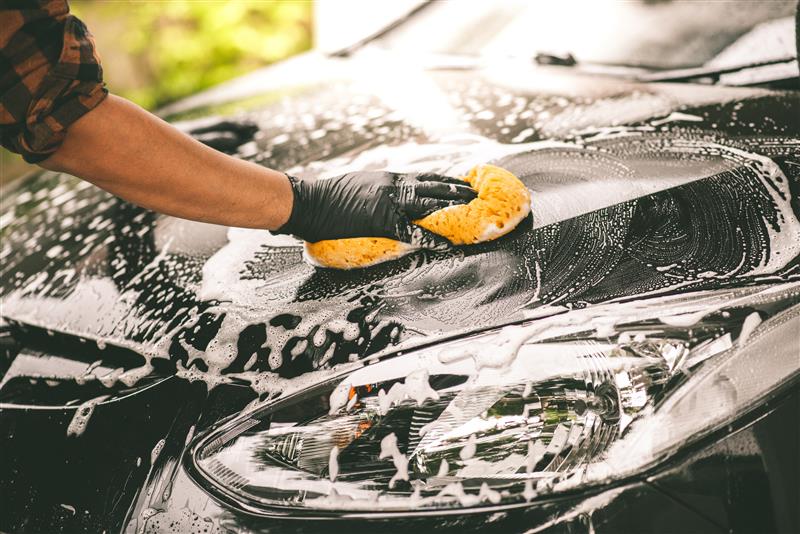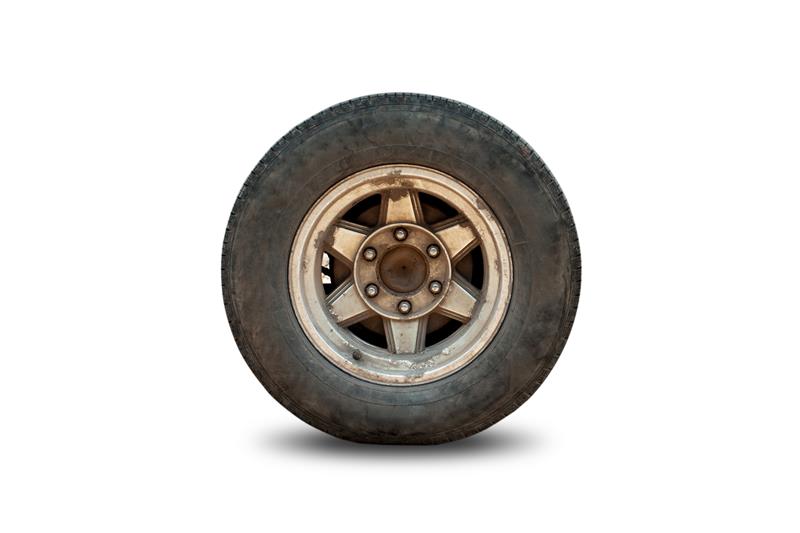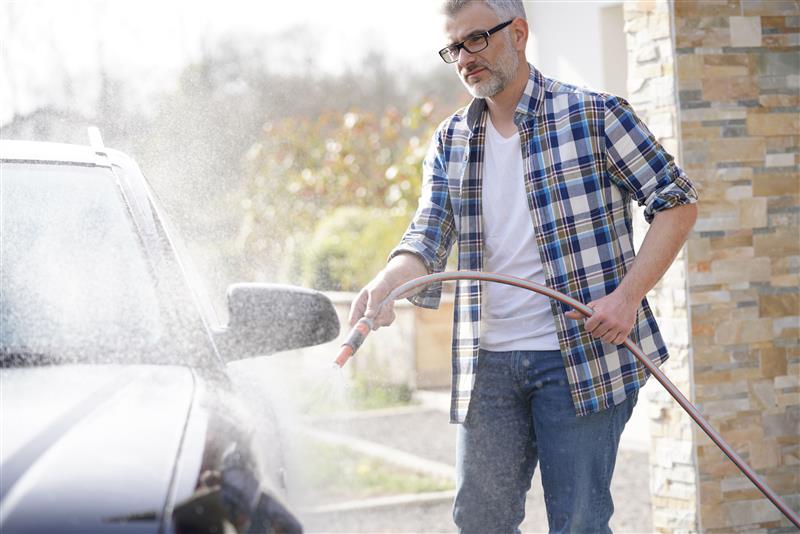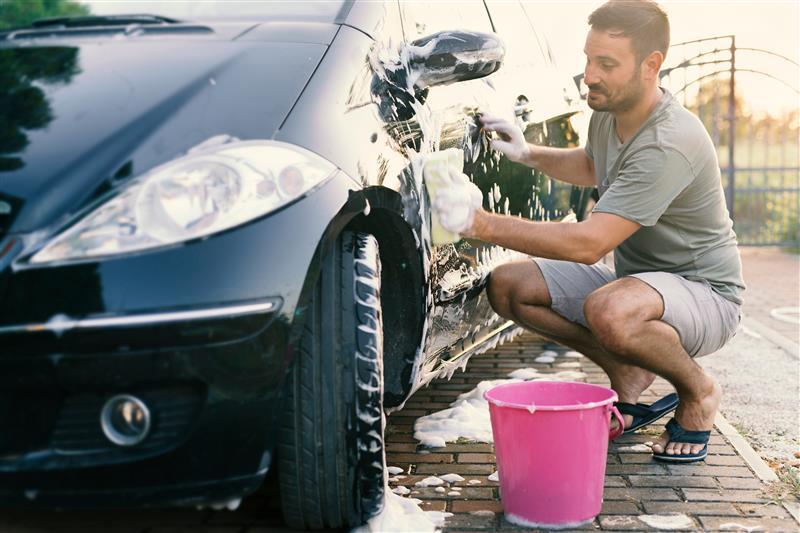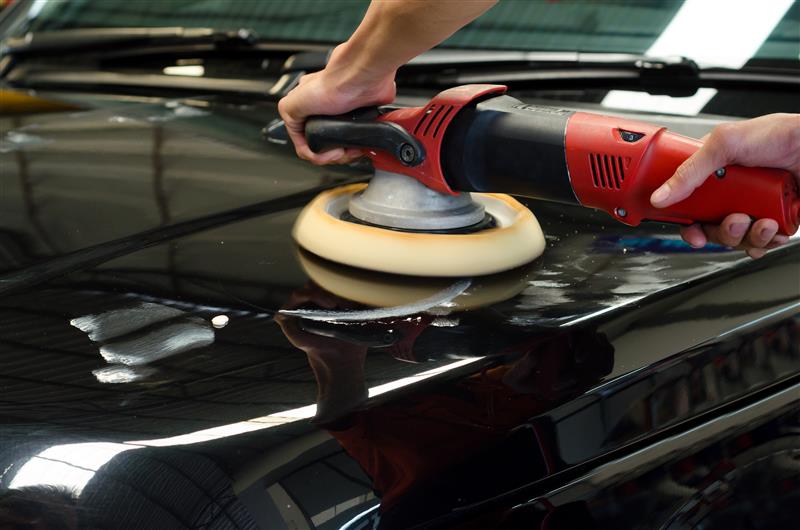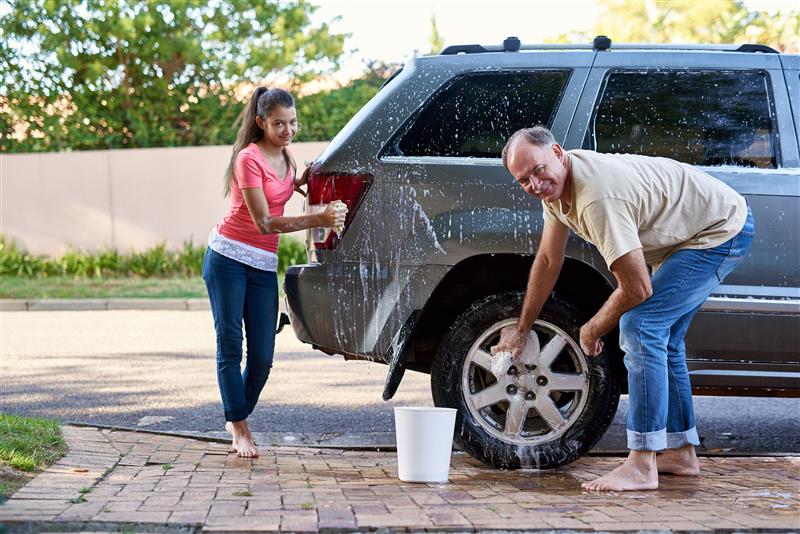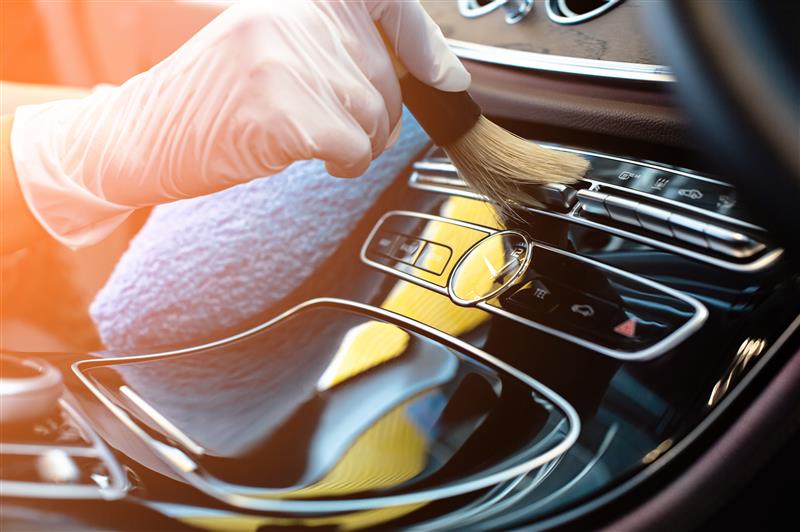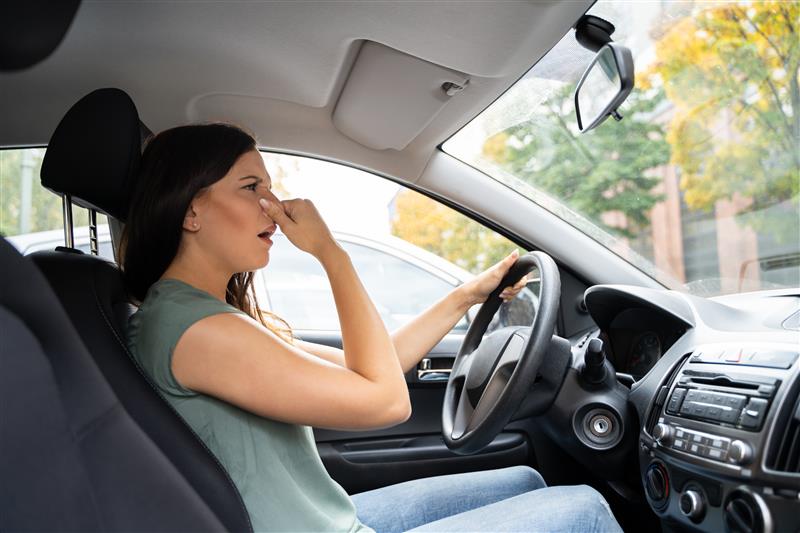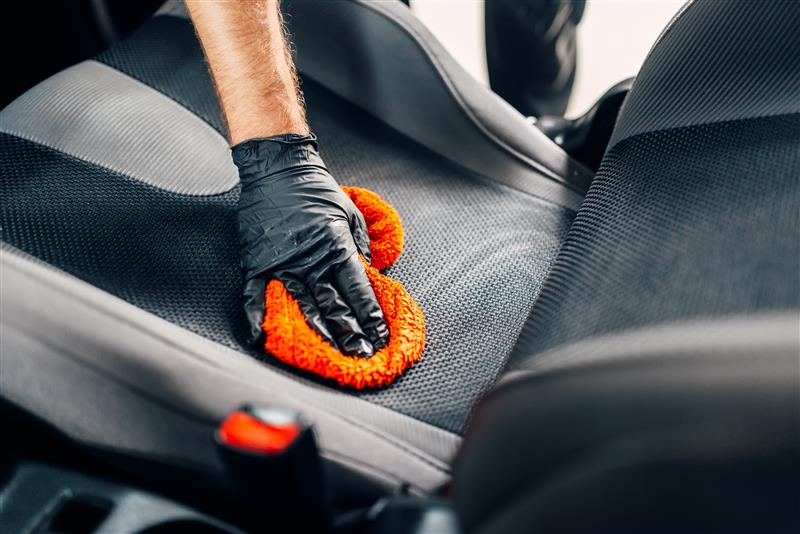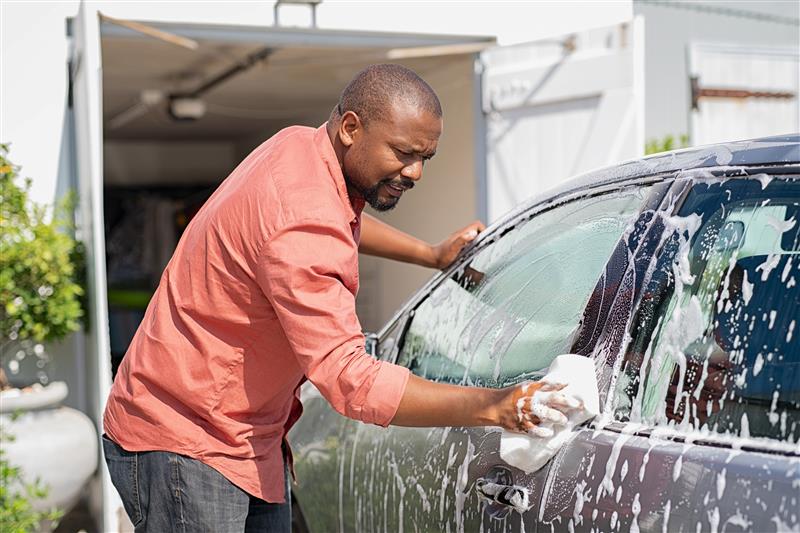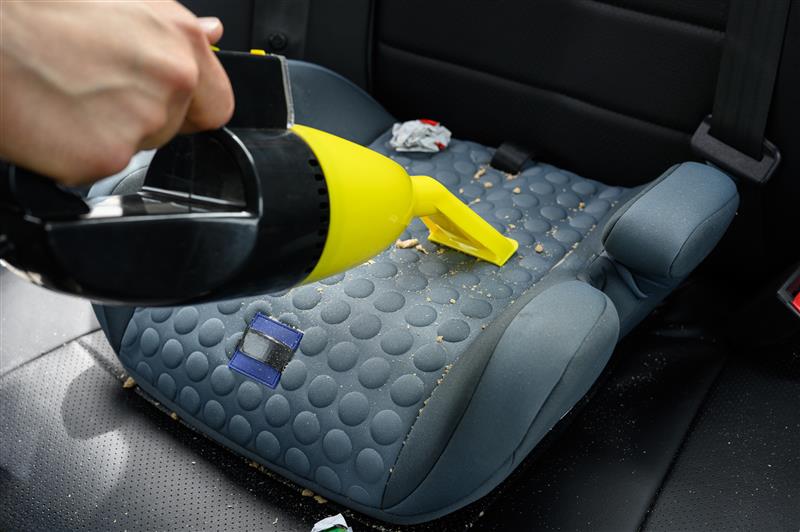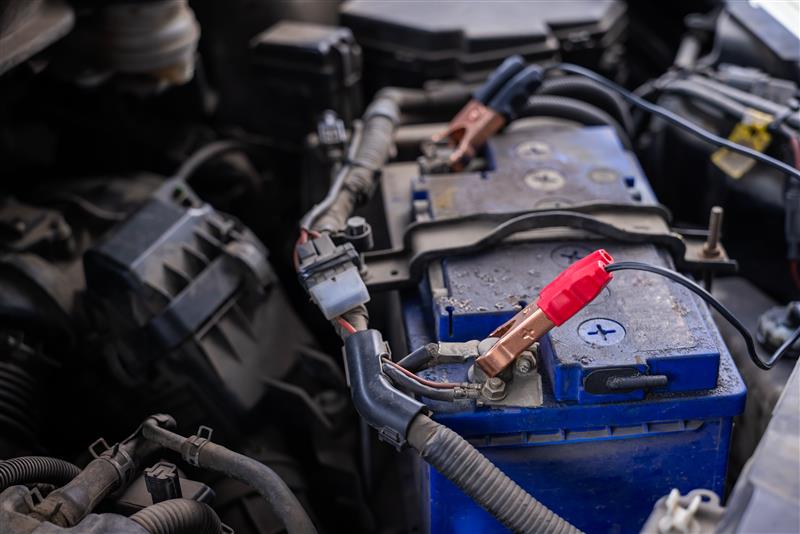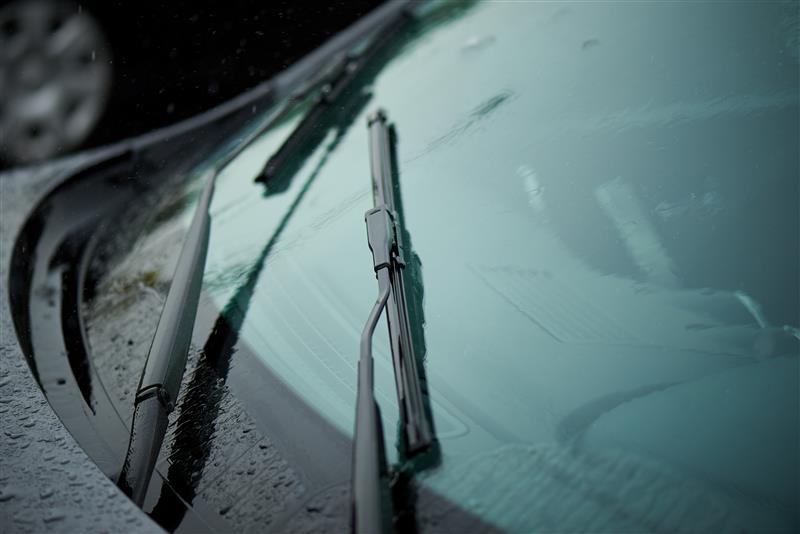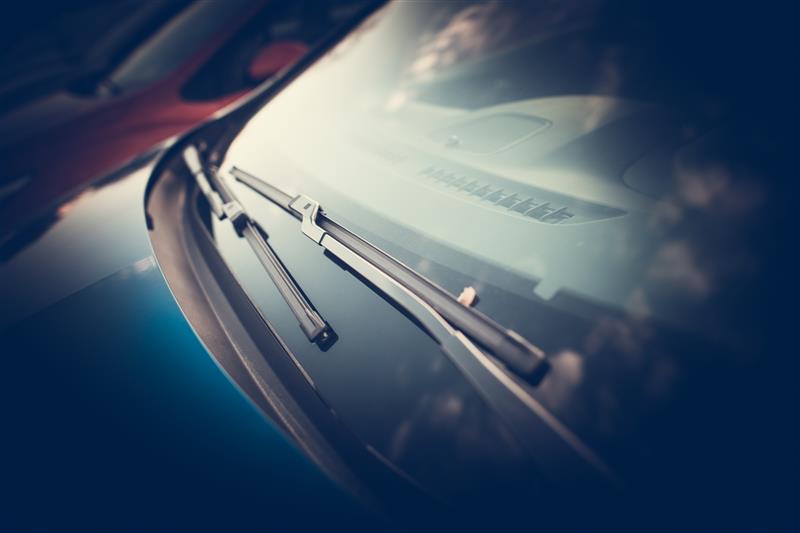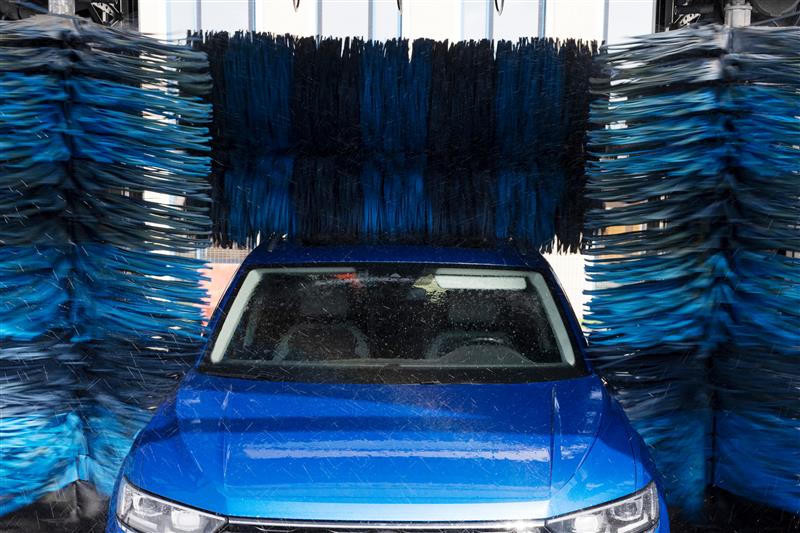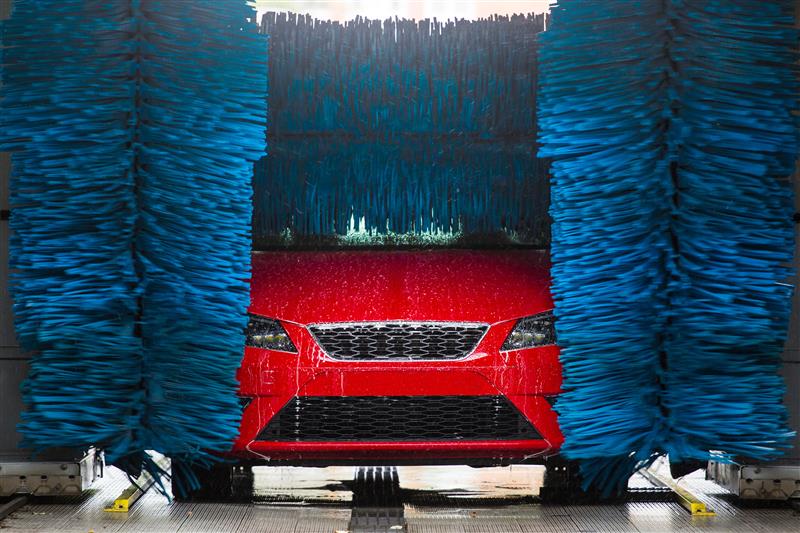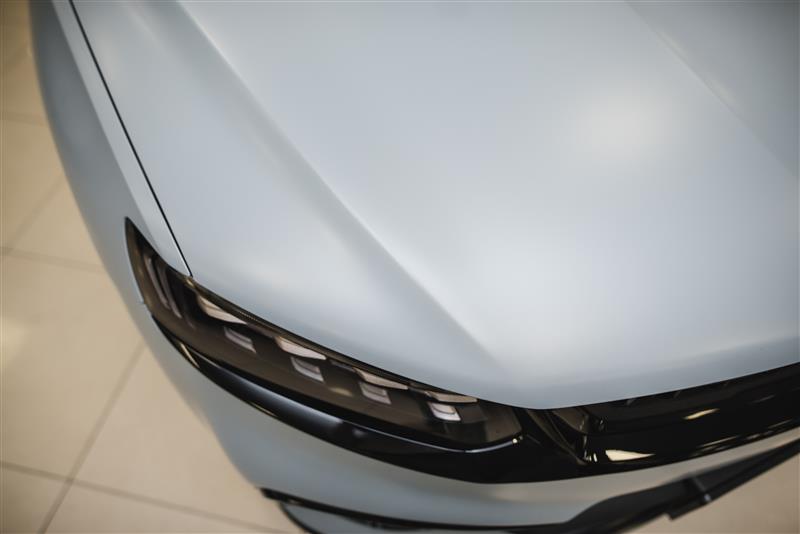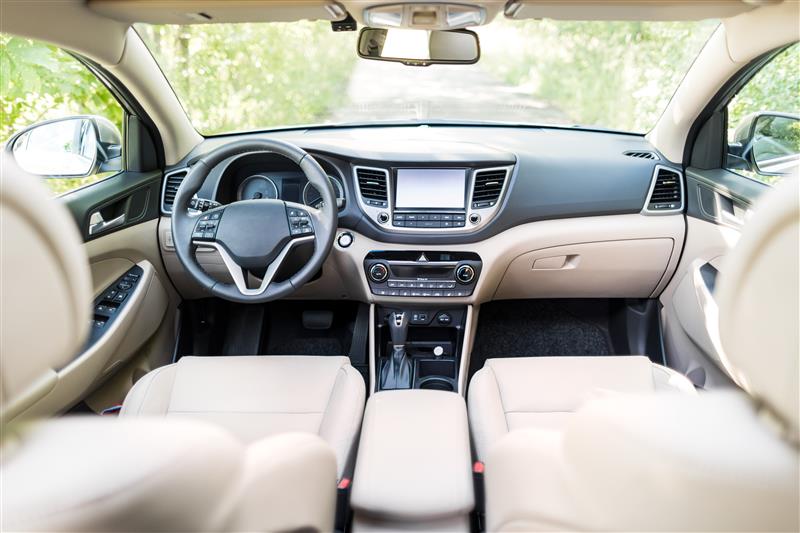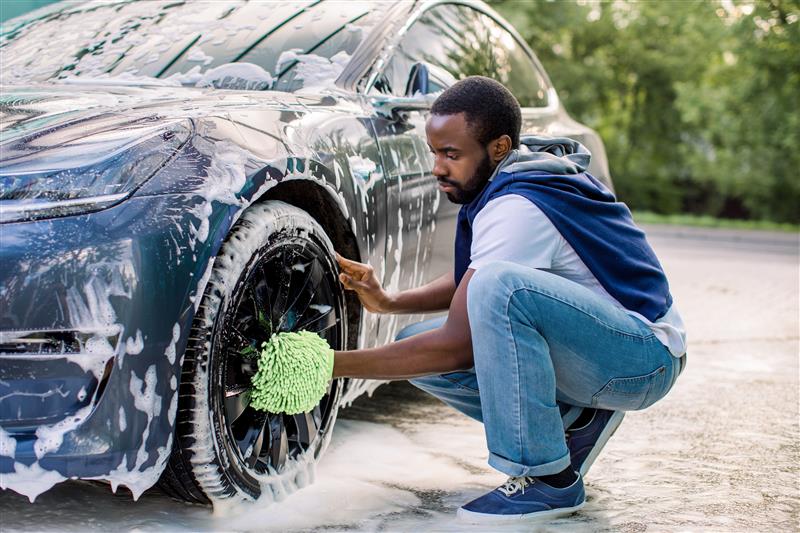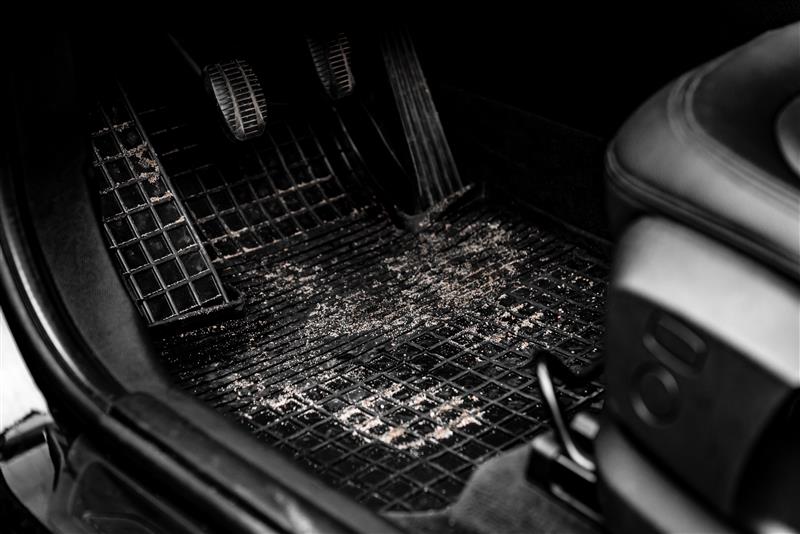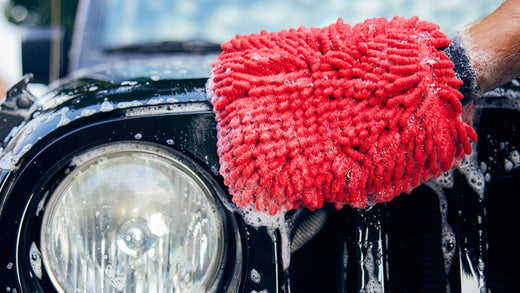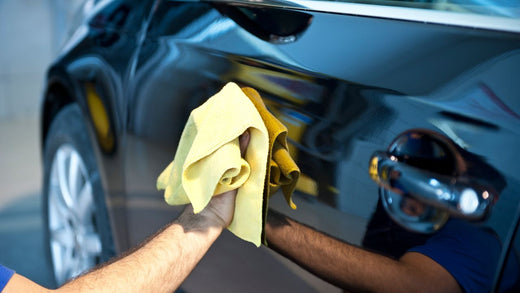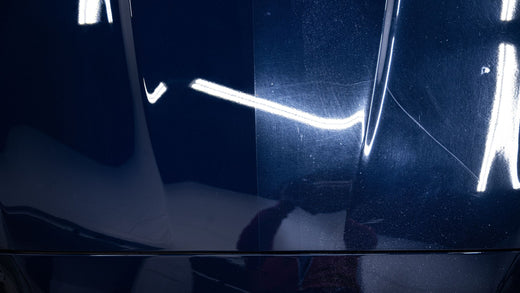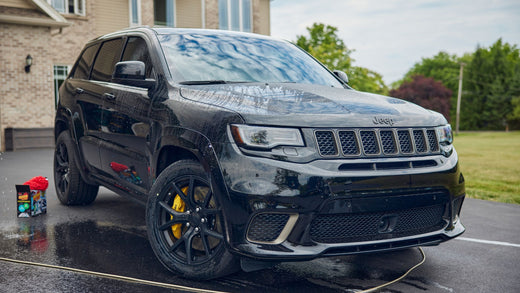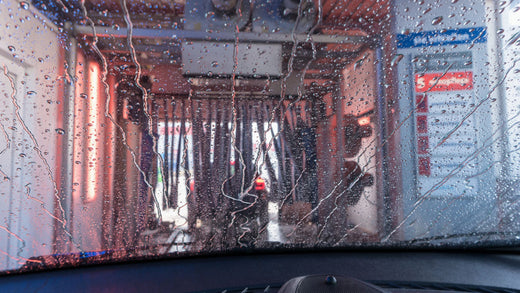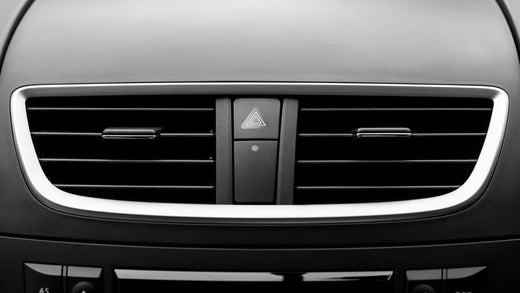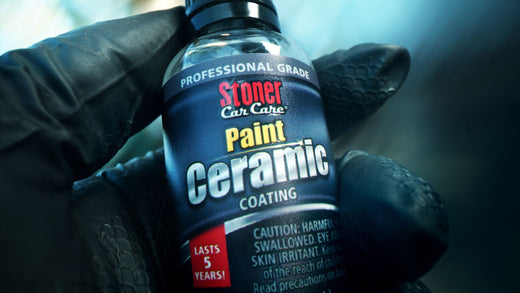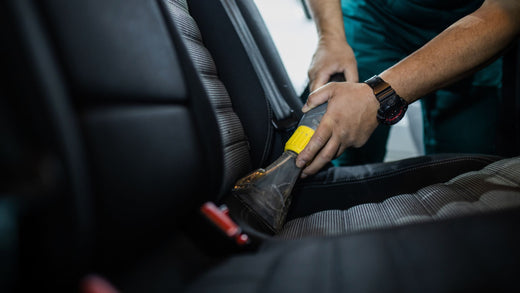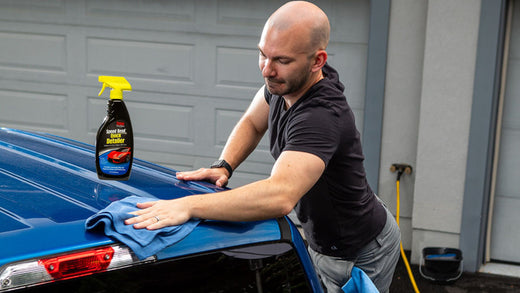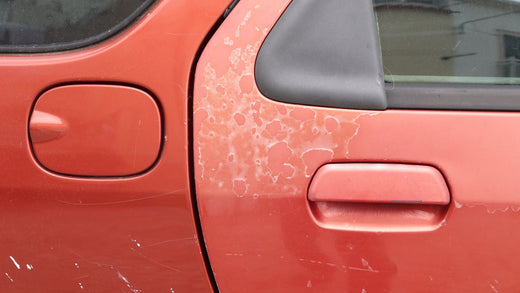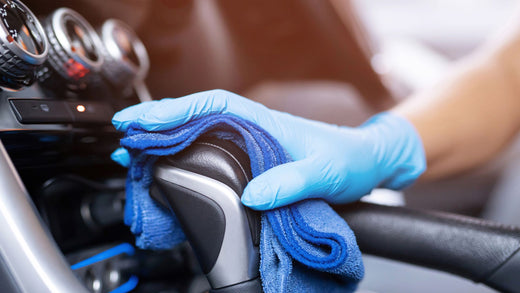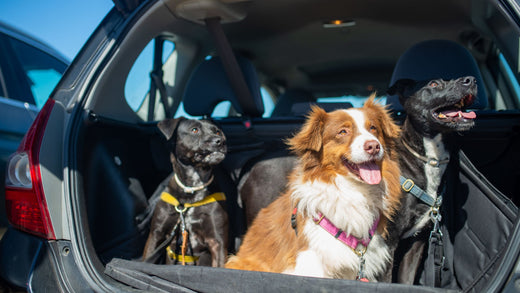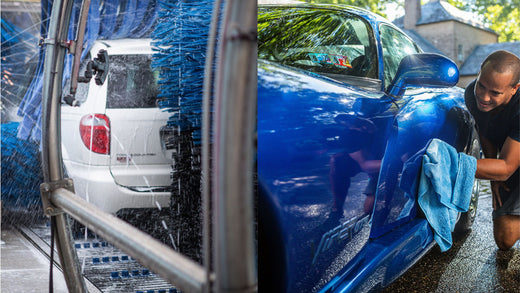Clear vision ahead with our holiday markdowns on Invisible Glass Ceramic Silicone Wiper Blades. Prices as marked.
When it comes to car wraps, it's all about the base - and by the base, we mean the surface of your car. A clean vehicle isn’t just about looking good; it's the foundation for a top-notch wrap job. In this piece, we're diving into the nitty-gritty of car wraps. We'll explore how to apply them and remove them carefully, ensuring everything goes smoothly while keeping your car's original paint job safe and sound.
Do I have to wash my vehicle before a wrap installation?
Think of it like prepping for a big night out. You wouldn't wear a fancy outfit without a shower first, right? Similarly, a thorough wash is essential before your car gets its new wrap. It's all about giving that wrap the best chance to shine. Any speck of dirt or dust is like a tiny bump, which can wreak havoc on your wrap job. These little baddies can lead to bubbles or uneven sticking, which not only looks bad but can also shorten the life of your wrap.
So, what's the game plan? Grab a mild detergent and get to work. This isn't just a splash-and-dash job; you aim for a squeaky-clean, residue-free finish. Pay extra attention to those sneaky spots where dirt loves to hide – think wheel wells and the car's lower body.
And here's a pro tip: ensure your car is completely dry after washing. Why? Because moisture is the enemy of a good adhesive bond. Any trapped water can cause the wrap to peel off sooner than you'd like. By taking your time to properly clean and dry your car, you're not just going for looks; you're ensuring that your wrap will stick around for the long haul, keeping your ride looking sharp and professional.
How do you remove vehicle wraps?
Whether prepping for a fresh design or going back to basics, removing a wrap is a bit like a meticulous dance – it takes patience, precision, and the right moves.
First, let's set the stage for a successful wrap removal. This isn't a rush job; it's about being careful and methodical to keep your car's paint job looking as good as new. Here are the steps to take when removing a wrap:
Gather the Necessary Tools
Before starting the removal process, gather the tools you'll need. This typically includes a heat gun or industrial heat source, a plastic razor blade or soft scraper, rubbing alcohol or adhesive remover, and a microfiber cloth.
Heat the Wrap
Start by gently heating the edges of the wrap with your heat gun. This softens the adhesive, making it easier to work with. Work in small sections, keeping the heat gun at a safe distance to avoid damage to the paint.
Peel Off the Wrap
Once the edges are heated, gently lift the corner of the wrap using a plastic razor blade or soft scraper. Peel the wrap back at a 45-degree angle, applying heat as needed to re-soften the adhesive. Take your time to avoid tearing the wrap or leaving adhesive residue on the vehicle. Patience is key here.
Remove Adhesive Residue
After removing the wrap's main portion, residual adhesive may be left on the vehicle. Use a suitable adhesive remover or rubbing alcohol applied to a microfiber cloth to gently wipe away any remaining adhesive, taking care not to be too rough on your car's paint.
Clean the Surface
Once the wrap and adhesive are removed, clean the vehicle's surface with a mild detergent or automotive soap and water. This helps to eliminate any remaining residues and ensures a smooth, clean surface for the next application or to return the vehicle to its original appearance.
Final Inspection
After everything's done, take a moment to inspect your car. Look for any spots you might have missed or areas that need a bit more cleaning. If there are stubborn spots, don't hesitate to repeat the process with more heat and gentle scraping.
Remember, removing a vehicle wrap is a delicate process. If at any point you feel unsure, it's always a good idea to seek professional help. You can ensure a smooth transition and keep your car's paint pristine with the right approach and patience.
How long do vehicle wraps last?
The truth is, the lifespan of a vehicle wrap is a bit like predicting weather – it depends on many factors. Let's break down what influences how long you can enjoy that pristine wrap:
| Variable Affecting Wrap Longevity | Why it matters: |
|---|---|
| The Quality of the Material | Think of vinyl quality like fabric. Just like you have different grades of clothes, there are different types of vinyl for wraps. High-quality cast vinyl is the premium stuff. It's more resilient against the elements and less likely to fade, crack, or peel. Investing in better material pays off in the long run. |
| Installation | A wrap is only as good as its application. Professional installers are like tailors; they ensure the wrap fits your car's contours. A well-done installation minimizes risks like bubbling and wrinkling, which means your wrap looks great for longer. |
| The Environment | Like skin, vinyl reacts to the environment. If your car is often under the harsh sun, in freezing cold, or near the ocean (hello, salt!), the wrap can wear out faster. These elements can lead to fading or the vinyl getting brittle over time. |
| Routine Maintenance |
Love your wrap, and it will love you back. Regular washing with mild detergent and avoiding harsh chemicals keeps the wrap in shape. Also, giving your car a break from the sun by parking in the shade or indoors can prevent premature aging. |
Average Lifespan Expectations
Generally, a vehicle wrap can stay in prime condition for about 5 to 7 years, especially if it's high-quality with protective laminates. But remember, areas like the hood and roof get more sun, so they might show age sooner.
Preventative Maintenance: Keep an Eye on It
Regular check-ups are not just for health; they're great for wraps too. Keep an eye out for signs of wear and tear. Addressing little issues early, like small tears or faded spots, can help your wrap last its full lifespan.
In summary, a vehicle wrap's longevity hinges on the quality of the materials and installation, the environment it's exposed to, and how well you take care of it. With the right care and attention, your vehicle's wrap can be a long-lasting, head-turning feature.
How long does it take to install a vehicle wrap?
It's a bit like asking, "How long does it take to paint a masterpiece?" It varies. The time to transform your vehicle with a wrap depends on a few key things:
- The Complexity of Your Car's Shape: Just like puzzle pieces, some cars are trickier to wrap than others. More complex shapes require more time for precision.
- Vehicle Size: Size matters here. A compact car can be quicker to wrap, possibly in a day. On the other hand, a big SUV or a van with more surface area will take a bit more time to cover completely.
- Design Details: The wrap can be applied faster if your design is straightforward. But if you're going for something elaborate or custom, it's going to take a bit more time to get all those details just right.
- Installer Experience: The skill level of the person doing the wrap is crucial. Experienced installers work faster but don't rush it – quality is key.
- Other Factors: Things like the weather and having your car ready and available for the installer may also affect how long the process will take.
On average, expect to spend about one to three days on a standard vehicle with a simple design. But remember, every car and design is unique. For the best estimate, have a chat with a professional wrap installer. They can look at your specific situation and give you a more tailored timeline.
How much does a vehicle wrap cost?
The cost of a vehicle wrap can vary widely depending on several factors, including the vehicle's size, the design's complexity, the type of vinyl material used, and the level of detail in the installation. Generally, the price range for a professional vehicle wrap can start from a few hundred dollars for smaller vehicles with simpler designs to several thousand dollars for larger vehicles or those with intricate graphics.
Here are some key factors that contribute to the overall cost of a vehicle wrap:
- Vehicle Size and Type: Larger vehicles, such as vans, trucks, or buses, typically require more material and labor, impacting the overall cost. Smaller vehicles, like compact cars or motorcycles, are generally less expensive to wrap.
- Design Complexity: The complexity of the design influences the amount of time and effort required for printing and installation. Intricate graphics, custom designs, or wraps that involve complex contours can contribute to a higher cost.
- Vinyl Material Quality: The type and quality of the vinyl material used significantly affect pricing. High-quality cast vinyl tends to be more expensive but offers better durability, color retention, and longevity than calendered vinyl.
- Coverage Area: Full wraps that cover the entire vehicle surface are more expensive than partial wraps or decals that cover specific areas. The amount of material needed directly impacts the cost.
- Installation Expertise: Professional installation is crucial for a successful and long-lasting vehicle wrap. Installers with more experience and expertise may charge higher rates, but their skills contribute to a superior finish.
- Additional Services: Additional services such as design customization, color changes, or the inclusion of protective laminates can add to the overall cost.
Shopping around for the right vehicle wrap? Here's the deal: getting quotes from well-respected, seasoned wrap shops is key to nailing down a price that fits your particular needs. But, while keeping an eye on the budget is important, don't let the price tag be the only decision-maker. Quality counts big time, both in the materials and the installation. A top-notch job might cost a bit more upfront, but it pays off in the long run with a wrap that looks amazing and lasts. So, take a little time to chat with a few different providers. Compare what they offer and at what price. This way, you can weigh up the options and find the best mix of quality and cost. Remember, a great wrap is part art, part science, and all about finding the right hands to bring your vision to life.
Wrapping it Up
Whether you're gearing up for a brand-new wrap, figuring out how to take an old one off, wondering how long it'll last, trying to pin down how long the installation will take, or crunching the numbers on cost, every step of the vehicle wrap journey deserves your full attention. It's all about striking the right balance: thorough prep work, tapping into professional know-how and really getting the hang of what makes a wrap tick. Doing this right means more than just a car that turns heads; it's about preserving the look and value of your ride for the long haul. Think of it as a mix of style and substance, where every detail counts in keeping your vehicle looking its absolute best.

